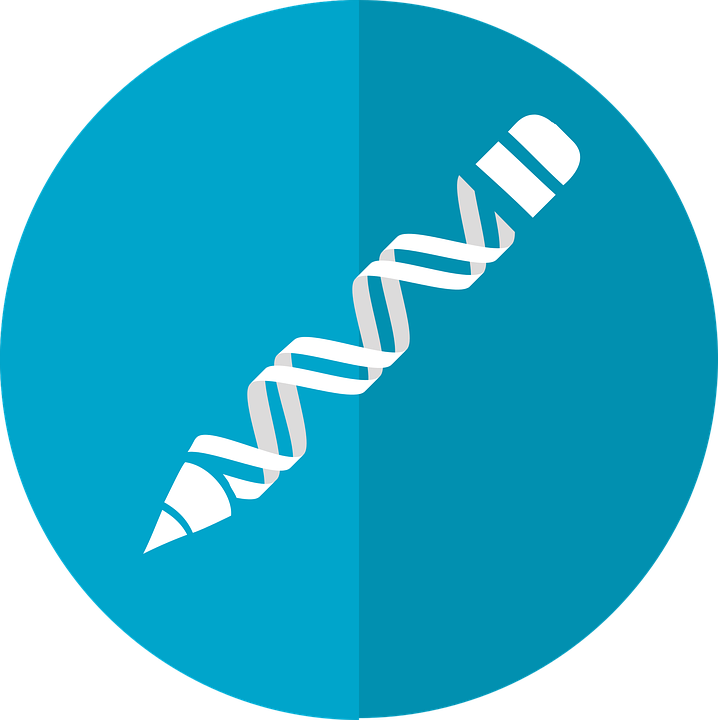Human genome editing: ensuring responsible research
By Editorial,
The Lancet
| 03. 18. 2023
In 2018, during the Second International Summit on Human Genome Editing in Hong Kong, Jiankui He shocked the world by announcing the birth of two children whose genomes he had edited using CRISPR technology. Following widespread condemnation and a criminal investigation, he was sentenced to 3 years in prison. The case caused international outcry and brought to the fore the need to reconsider the serious ethical, scientific, and social issues of heritable human genome editing. As science advances, especially in non-heritable, somatic gene editing for treatment of previously incurable diseases, regulatory gaps are becoming exposed. Governance of gene editing research was a major discussion point at the Third International Human Genome Editing Summit in London, on March 6–8, with widespread recognition for the need to build on existing guidelines to develop global standards for governance and oversight of human genome editing. As He's unconscionable actions showed, the ethical and scientific risks are substantial.
Gene editing regulations must consider the aims and consequences of the different practices involved. Somatic genome editing interventions (eg, targeted therapies such as chimeric antigen receptor T...
Related Articles
By Jonathan Matthews, GMWatch | 12.11.2025
In our first article in this series, we investigated the dark PR tactics that have accompanied Colossal Bioscience’s de-extinction disinformation campaign, in which transgenic cloned grey wolves have been showcased to the world as resurrected dire wolves – a...
By Jenny Lange, BioNews | 12.01.2025
A UK toddler with a rare genetic condition was the first person to receive a new gene therapy that appears to halt disease progression.
Oliver, now three years old, has Hunter syndrome, an inherited genetic disorder that leads to physical...
By Simar Bajaj, The New York Times | 11.27.2025
A common cold was enough to kill Cora Oakley.
Born in Morristown, N.J., with virtually no immune system, Cora was diagnosed with severe combined immunodeficiency, a rare genetic condition that leaves the body without key white blood cells.
It’s better...
By Rachel Hall, The Guardian | 11.30.2025
Couples are needlessly going through IVF because male infertility is under-researched, with the NHS too often failing to diagnose treatable causes, leading experts have said.
Poor understanding among GPs and a lack of specialists and NHS testing means male infertility...




